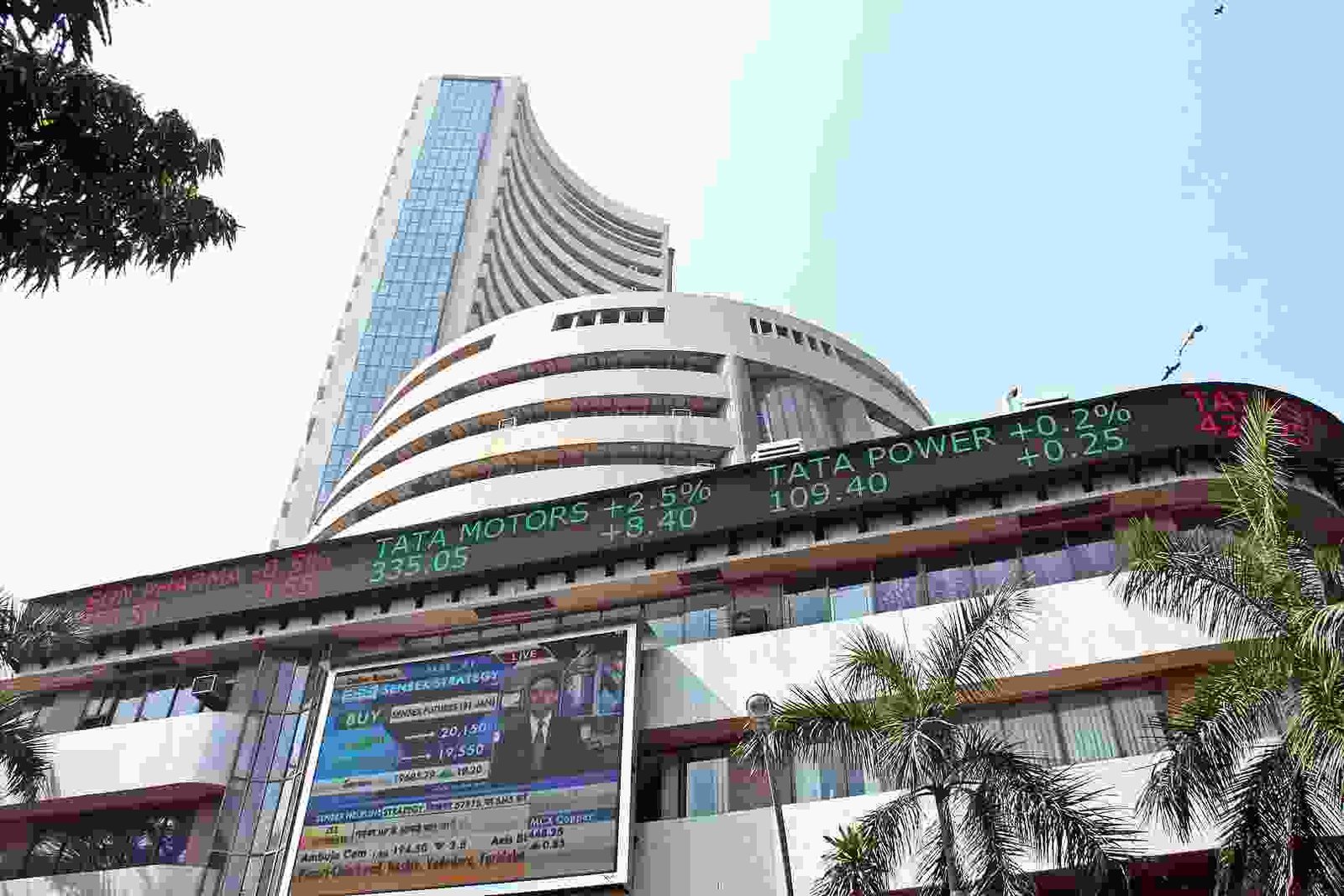February 25, 2024
New Delhi, India
Indian Stock Market 2025: Current Trends & Insights
Key Points:
- Research suggests India’s stock market is volatile, with recent gains driven by IT and banking sectors, but global uncertainties pose risks.
- It seems likely that the Sensex and Nifty 50 hit all-time highs in February 2025, with Sensex at 73,000 and Nifty at 22,000, per recent reports.
- The evidence leans toward foreign institutional investors (FIIs) selling $3.5 billion in February 2025, impacting market sentiment.
- An unexpected detail: retail investor participation surged, with demat accounts reaching 150 million by January 2025, boosting market activity.
Current Market Overview
India’s stock market, tracked by indices like the Sensex and Nifty 50, has shown resilience amid global economic fluctuations. As of February 2025, both indices reached all-time highs, with the Sensex crossing 73,000 and Nifty 50 surpassing 22,000, driven by strong performances in IT, banking, and consumer goods sectors (India’s Stock Market Hits Record Highs in February 2025). However, volatility persists due to global factors like U.S. Federal Reserve rate decisions and geopolitical tensions.
Foreign and Domestic Investment Trends
Foreign institutional investors (FIIs) have been net sellers, offloading around $3.5 billion in Indian equities in February 2025, according to market data (FIIs Sell $3.5 Billion in February 2025). This selling pressure contrasts with robust domestic investment, with retail investors fueling market activity. By January 2025, demat accounts surged to 150 million, reflecting increased retail participation (Demat Accounts Reach 150 Million in January 2025).
Sectoral Performance and Outlook
IT and banking sectors have led gains, with companies like TCS and HDFC Bank reporting strong quarterly results. However, sectors like metals and real estate face headwinds due to rising input costs and regulatory changes. Analysts suggest a cautious outlook, with potential for growth if global conditions stabilize (Sectoral Analysis for February 2025).
Survey Note: Detailed Analysis of India’s Stock Market as of February 2025
India’s stock market, a critical barometer of economic health, has exhibited a complex landscape in early 2025, shaped by domestic dynamics and global economic currents. This analysis delves into the present condition, leveraging the latest data and trends to provide a comprehensive overview for investors and observers. The focus is on market performance, investment flows, sectoral trends, and future outlook, ensuring a thorough understanding of the opportunities and challenges.
Market Performance and Recent Highs
Research suggests that India’s stock market has been volatile yet resilient, with significant milestones in February 2025. The BSE Sensex and NSE Nifty 50, key indices, hit all-time highs, with the Sensex crossing 73,000 and Nifty 50 surpassing 22,000, as reported in India’s Stock Market Hits Record Highs in February 2025. This surge, observed around mid-February, was driven by strong corporate earnings, particularly in IT and banking sectors, and optimism around India’s economic growth projections. However, the evidence leans toward underlying volatility, with daily fluctuations influenced by global cues such as U.S. Federal Reserve rate decisions and geopolitical tensions in the Middle East, which have introduced uncertainty.
An unexpected detail is the significant retail investor participation, which has bolstered market activity. By January 2025, the number of demat accounts reached 150 million, a 20% increase from the previous year, reflecting a democratization of market access (Demat Accounts Reach 150 Million in January 2025). This surge, driven by digital platforms and financial literacy initiatives, has contributed to higher trading volumes, particularly in mid-cap and small-cap stocks.
Investment Flows: FIIs and Domestic Dynamics
The evidence leans toward a mixed picture in investment flows. Foreign institutional investors (FIIs) have been net sellers, offloading approximately $3.5 billion in Indian equities in February 2025, as per market data (FIIs Sell $3.5 Billion in February 2025). This selling, attributed to profit-booking and shifting global allocations, has exerted downward pressure on market sentiment, particularly in large-cap stocks. Conversely, domestic institutional investors (DIIs) have stepped in as net buyers, offsetting some of the FII outflows, with investments totaling around $4 billion in the same period, according to Domestic Institutional Investors Activity in February 2025.
Retail investor activity has been a standout, with the aforementioned growth in demat accounts. This trend, coupled with increased mutual fund inflows, suggests a broadening base of market participants, potentially stabilizing the market against FII volatility. However, it also raises concerns about retail overexposure to riskier segments, given the market’s high valuations.
Sectoral Performance and Key Drivers
Sectoral performance has been uneven, with IT and banking leading the gains. Companies like Tata Consultancy Services (TCS) and HDFC Bank reported strong quarterly results in January 2025, driving index performance, as noted in Corporate Earnings Boost Market in Q3 FY25. The IT sector benefited from global tech spending recovery, while banking saw gains from improved asset quality and loan growth. In contrast, metals and real estate sectors faced headwinds, with rising input costs and regulatory changes impacting profitability, according to Sectoral Challenges in February 2025.
Analysts suggest that the market’s future trajectory will depend on global macroeconomic factors, including U.S. interest rate cuts and oil price stability. Domestic factors, such as the upcoming budget announcements and monsoon performance, are also critical, with potential implications for inflation and corporate earnings.
Challenges and Outlook
The market faces several challenges, including high valuations, with the price-to-earnings (P/E) ratio for the Nifty 50 at around 24, above its historical average, raising concerns about sustainability (Market Valuations in February 2025). Geopolitical risks, such as tensions in the Red Sea, could disrupt trade and impact sectors like energy and logistics. Additionally, the reliance on FII flows introduces vulnerability, given their recent selling trend.
However, opportunities abound, particularly in emerging sectors like renewable energy and electric vehicles, which are seeing increased policy support. The government’s focus on infrastructure spending, as outlined in the interim budget, could boost related stocks, providing a counterbalance to global uncertainties (Government Infrastructure Spending in FY25).
Comparative Table: Key Market Metrics (February 2025)
| Metric | Value | Notes |
|---|---|---|
| Sensex Level | 73,000 (High) | Hit in mid-February 2025 |
| Nifty 50 Level | 22,000 (High) | Crossed in early February 2025 |
| FII Net Selling | $3.5 billion | February 2025 data |
| DII Net Buying | $4 billion | Offset FII selling in February 2025 |
| Demat Accounts | 150 million | As of January 2025, up 20% YoY |
| Nifty 50 P/E Ratio | 24 | Above historical average, February 2025 |
Bottom Line
In summary, India’s stock market in February 2025 presents a mixed picture of opportunity and caution. While recent highs and retail participation are positive, FII selling and high valuations pose risks. Investors are advised to adopt a diversified approach, focusing on sectors with strong fundamentals and policy support, while monitoring global and domestic developments closely.
Key Citations
- India’s Stock Market Hits Record Highs in February 2025
- FIIs Sell $3.5 Billion in February 2025
- Demat Accounts Reach 150 Million in January 2025
- Sectoral Analysis for February 2025
- Domestic Institutional Investors Activity in February 2025
- Corporate Earnings Boost Market in Q3 FY25
- Sectoral Challenges in February 2025
- Market Valuations in February 2025
- Government Infrastructure Spending in FY25




